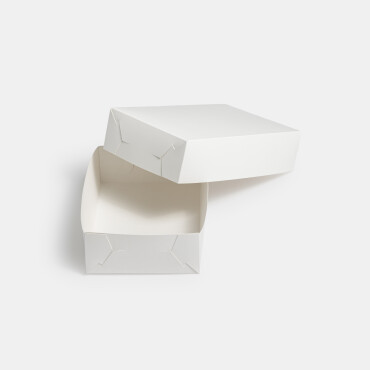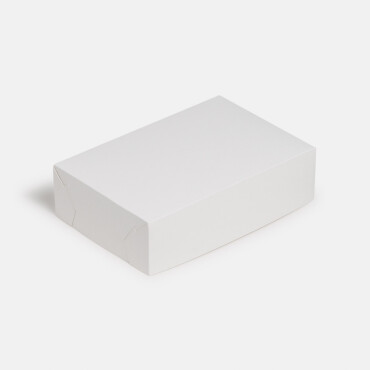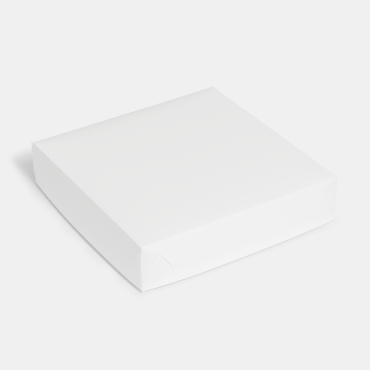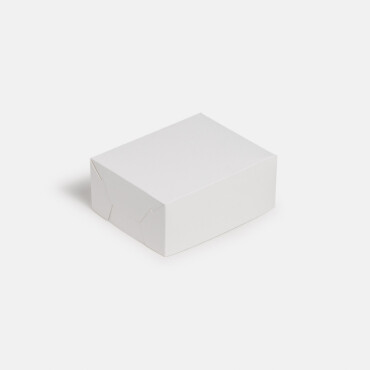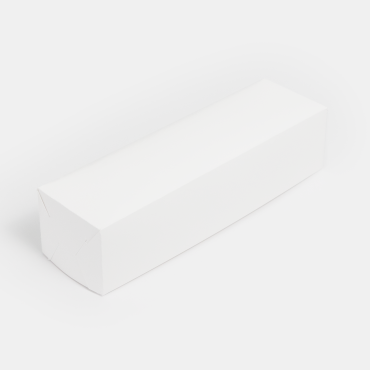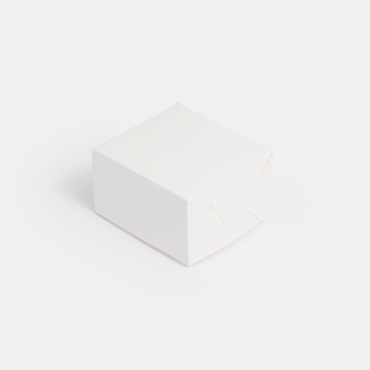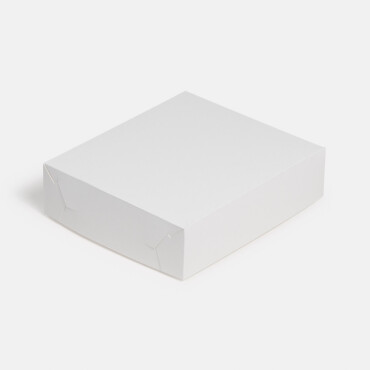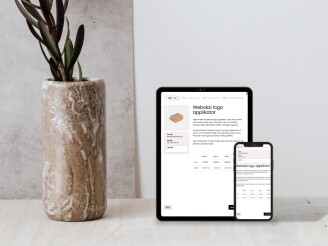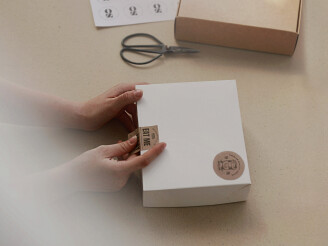Pastry packaging
Selecting the appropriate type of pastry packaging can be a challenging task, as it requires finding the perfect balance between aesthetics, price, and functionality to make the best choice. In this blog post, we will guide you through the process of selecting the right material for bakery products, how pastries are packed, different folding techniques for various packages, and the classic pastry packaging options offered by Weboksi.

How to choose the right packaging for pastries?
How to choose the right packaging for pastries?
The simple yet challenging answer is to start with your product. By considering the size, shape, and consistency of the pastries, along with the user-friendliness and aesthetics of the packaging, you can find the best-suited packaging for your baked goods. Below are some additional aspects to keep in mind:
- How long will the product be stored in the packaging?
- Are there any ingredients in the product that might affect the packaging?
- How should the packaging be opened and closed, both during the packaging process and when the product is used?
- What function does the packaging serve?
- Can the packaging help you justify a higher price for your product?
- Can the packaging help create a unique impression of your product?
Weboksi's pastry packaging offers sustainable solutions, with options either being barrier-coated on the inside or featuring a thin plastic coating. All the cardboard used is biodegradable and recyclable, providing numerous environmentally friendly choices.
Bakery products can be packed in various ways, depending on the product's appearance and the specific requirements for its durability, preservation, and transportation. The most traditional method of packaging bakery products is using the classic pastry cardboard box.
Currently, Weboksi offers seven different sizes of the classic pastry packaging, consisting of a base and a lid. Each size is available in both white and brown cardboard, and there is an option for custom logo printing. To learn more about our logo application process and how materials are suitable for printing, you can refer to our logo application tutorial.
In addition to the classic pastry boxes, we also provide a wide range of printed packaging, foldable packages, and packages tailored for pies and cookies. The materials, quality, and user-friendliness of these packaging options have been thoroughly tested for each product.
The classic pastry packaging options are as follows:
- Pastry Packaging 00
- Pastry Packaging 01
- Pastry Packaging 02
- Pastry Packaging 03
- Pastry Packaging 04
- Pastry Packaging 06
- Unique Pastry Packaging
- Unique Pastry Packaging 80
All pastry cardboard boxes have a base that can be used to showcase the delicacies or serve as the foundation if you wish to combine an unprinted base with a more colorful lid.
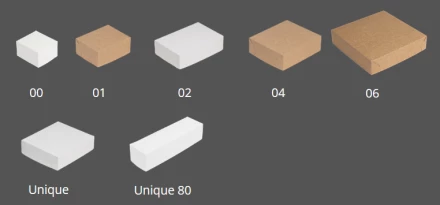
Variations in pastry packagings
-

 Pastry package 03250 x 145 x 60 mm1 - 2 daysfrom 0,15 €Different price and delivery time on products with logoprint.
Pastry package 03250 x 145 x 60 mm1 - 2 daysfrom 0,15 €Different price and delivery time on products with logoprint. -

 Pastry package 02205 x 145 x 60 mm1 - 2 daysfrom 0,11 €Different price and delivery time on products with logoprint.
Pastry package 02205 x 145 x 60 mm1 - 2 daysfrom 0,11 €Different price and delivery time on products with logoprint. -

 Pastry package 06275 x 275 x 60 mm1 - 2 daysfrom 0,29 €Different price and delivery time on products with logoprint.
Pastry package 06275 x 275 x 60 mm1 - 2 daysfrom 0,29 €Different price and delivery time on products with logoprint. -

 Pastry package 01145 x 115 x 60 mm1 - 2 daysfrom 0,09 €Different price and delivery time on products with logoprint.
Pastry package 01145 x 115 x 60 mm1 - 2 daysfrom 0,09 €Different price and delivery time on products with logoprint.
The pastry packaging options 04 and 06 are examples of standardized and highly popular packaging solutions. Packaging 04 and 06 are designed to hold multiple buns, pastries, or sandwiches. Packaging 04 has dimensions of 225x195x60mm, while packaging 06 measures 275x275x60mm. Smaller sizes, like packaging 00 with dimensions of 105x95x60mm or packaging 01 with dimensions of 145x115x60mm, are intended for single pastries or a few cookies.
Within Weboksi's range, there are also a couple of pastry boxes with special sizes. The Unique pastry packaging 80 stands out with its elongated design and 80mm height, making it suitable for taller pastries or a delightful Swiss roll.
-

 Pastry package 06275 x 275 x 60 mm1 - 2 daysfrom 0,29 €Different price and delivery time on products with logoprint.
Pastry package 06275 x 275 x 60 mm1 - 2 daysfrom 0,29 €Different price and delivery time on products with logoprint. -
 SALE!Unique pastry package 80330 x 95 x 80 mm1 - 2 daysfrom 0,07 €0,15 €
SALE!Unique pastry package 80330 x 95 x 80 mm1 - 2 daysfrom 0,07 €0,15 € -

 Pastry package 00105 x 95 x 60 mm1 - 2 daysfrom 0,08 €Different price and delivery time on products with logoprint.
Pastry package 00105 x 95 x 60 mm1 - 2 daysfrom 0,08 €Different price and delivery time on products with logoprint. -

 Pastry package 04225 x 195 x 60 mm1 - 2 daysfrom 0,17 €Different price and delivery time on products with logoprint.
Pastry package 04225 x 195 x 60 mm1 - 2 daysfrom 0,17 €Different price and delivery time on products with logoprint. -

 Pastry package 02205 x 145 x 60 mm1 - 2 daysfrom 0,11 €Different price and delivery time on products with logoprint.
Pastry package 02205 x 145 x 60 mm1 - 2 daysfrom 0,11 €Different price and delivery time on products with logoprint.
Most bakery packaging is folded by hand in various ways, usually allowing the product to be inserted from the side of the packaging. Some are quick and easy to fold, while larger packages may take more time.
When dealing with large quantities of pastries to be packed, it's essential to consider the folding process and how efficiently the packaging can be assembled. For instance, Bakery box is a model that requires no folding at all; it is stackable, and only the lid needs to be secured. This option is highly efficient, well-liked, and time-saving. Additionally, packed boxes can be stacked on top of each other without damaging the contents.
However, pastry boxes with two parts, a base and a lid, are folded together to create a cohesive package. They come in two pieces that are both folded into the same shape and then assembled.
Please refer to the video below for a demonstration of how they are folded:
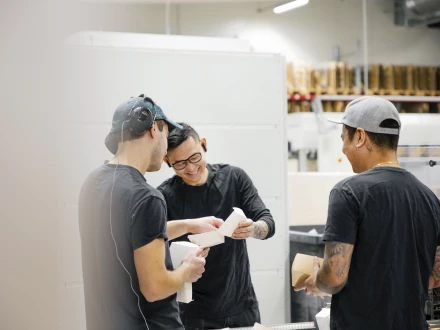
The two-part pastry packaging is favored by bakeries worldwide due to its durable design and ability to securely transport pastries. With a two-part construction, the pastries are effectively protected during deliveries, while the packaging also enhances an attractive presentation for customers. For bakeries, these packaging solutions are crucial tools to ensure safe and appealing deliveries of their delicate baked goods.
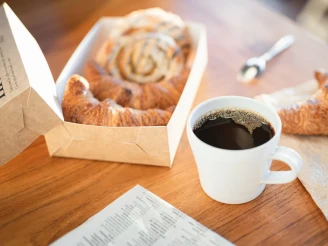
Read our complete guide to Weboksis pastry packaging. Discover the different types and uses of classic, folding, and window packaging. Learn about our unique printing and…
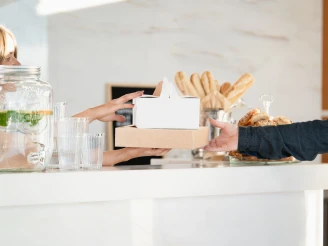
In this blog post, you will read about how Weboksi offers different packaging options customized for all types of meals. We will go through useful ideas on how you should…
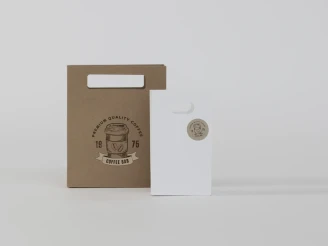
In this blog post, you'll find answers to frequently asked questions about the Weboksi logo Applicator. The questions cover topics such as how it works, pricing deta…
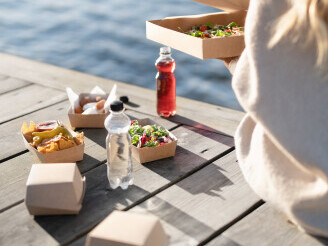
A significant portion of today's takeaway food is consumed directly from the packaging, primarily due to the significant technological advancements in food transport…
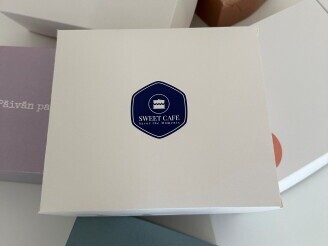
In this post, we will delve into the details of creating a pastry packaging with logo print, discussing its impact on customers, the process of crafting it, and showcasin…
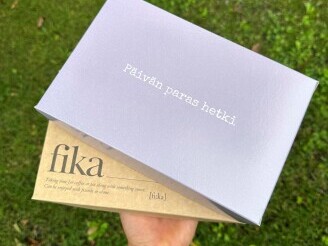
In today's eco-conscious world, packaging plays a crucial role in promoting sustainability. In this blog post, we'll discuss the significance of eco-friendly pa…
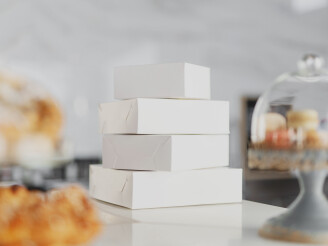
Selecting the appropriate type of pastry packaging can be a challenging task, as it requires finding the perfect balance between aesthetics, price, and functionality to m…
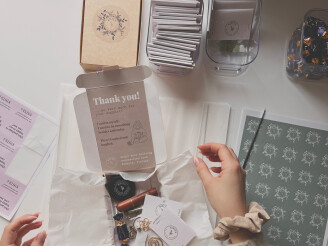
Are you looking for unique ways to promote your brand? Look no further than Weboksi's logo applicator! With this tool, you can easily add your logo, slogan, or image…
